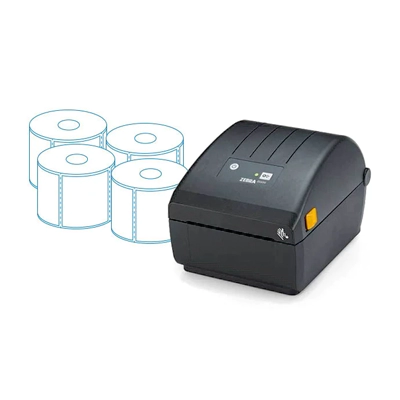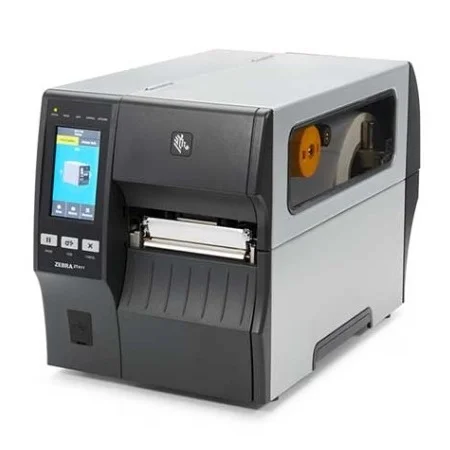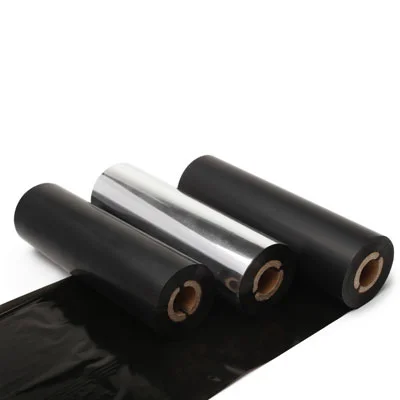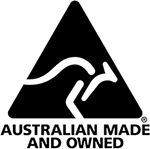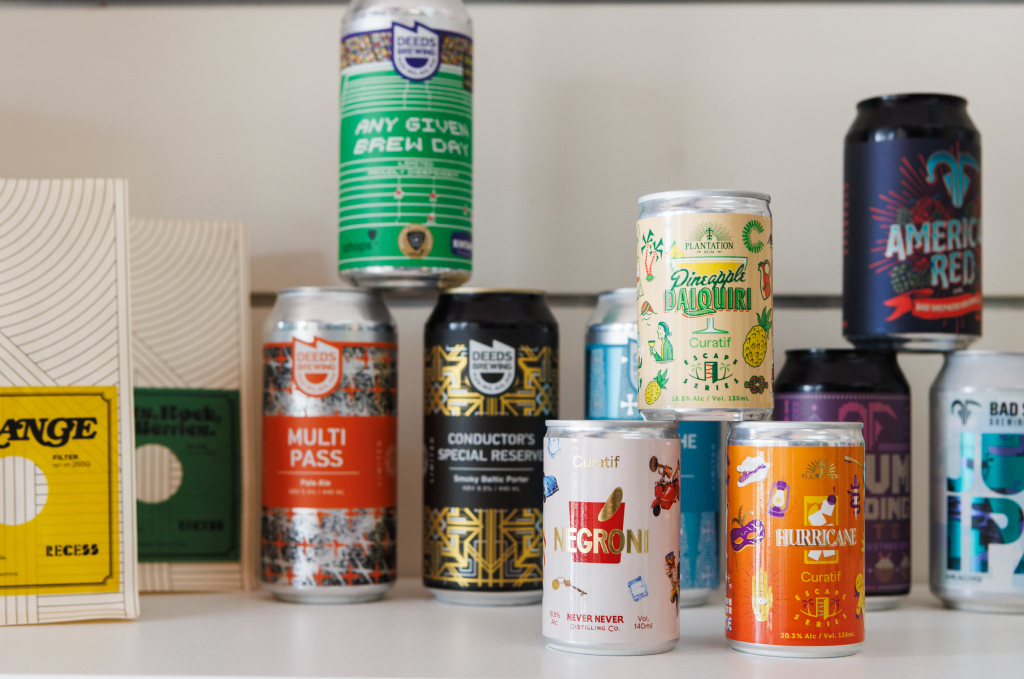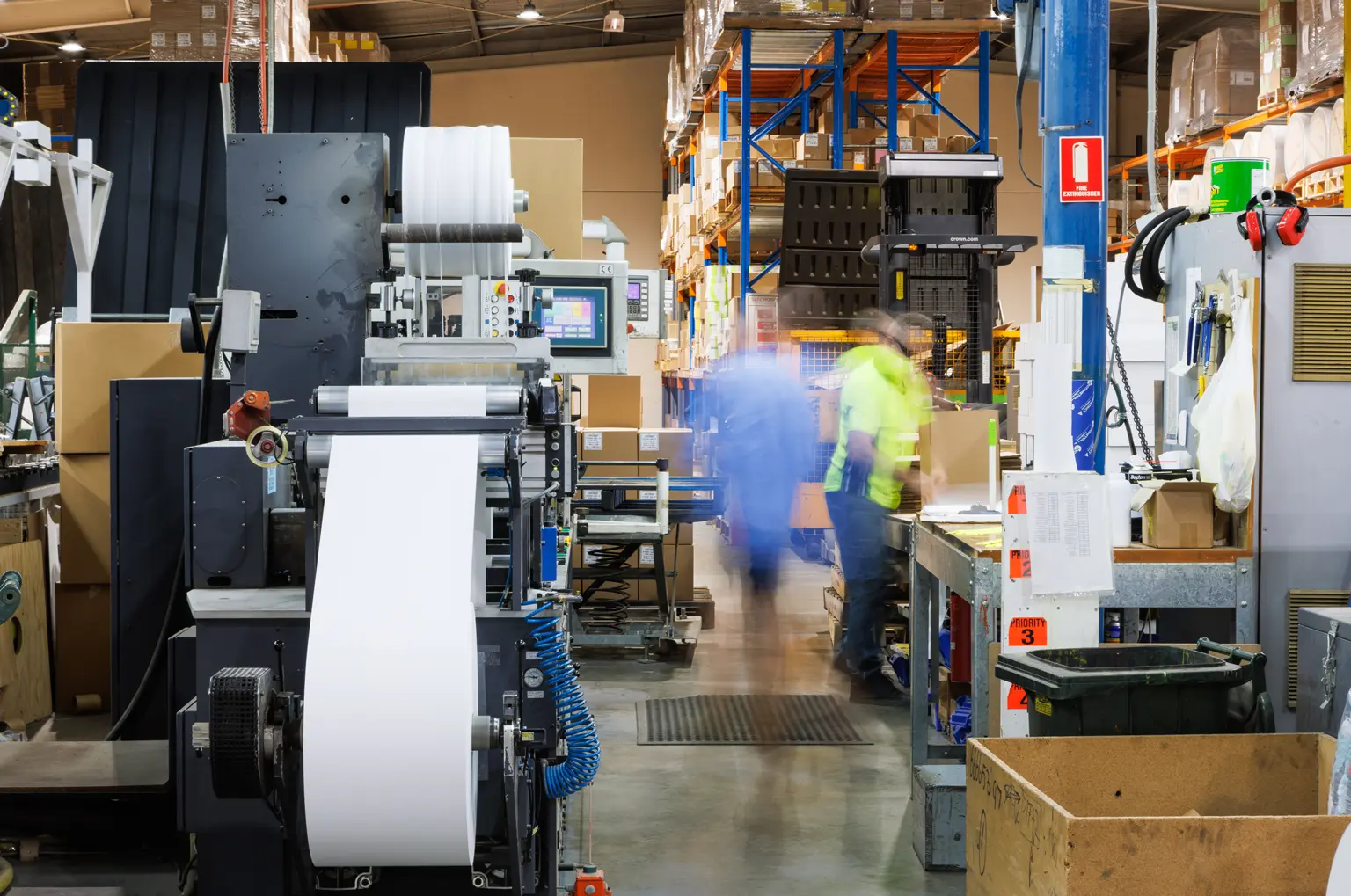With hundreds of new products hitting the shelves every day, consumers are constantly bombarded with choices. So what makes a label stand out and catch a customer’s eye?
Labels do more than provide essential information like ingredients, nutritional facts and safety warnings. A well-thought-out label can turn a casual glance into a confident purchase by being creative, memorable and effective.
To stay competitive, brands and manufacturers are constantly seeking new ways to innovate their label designs. Printers, too, must stay on top of the latest technological advancements and design trends.
So what’s fresh, and what’s about to be hit with an ‘Expiry date’ label? Stuart Morse – General Manager of Dial A Label, Australia’s fastest and most reliable label manufacturer – shares his insights on the key trends shaping label design in 2024.
Jump to:
Embrace sustainability
As environmental concerns grow, sustainability in label design is quickly becoming a necessity rather than a luxury – and brands that don’t prioritise eco-friendly practices risk being left behind.
“Consumers are more environmentally aware than ever, so eco-friendly labels that use recycled content in either paper or filmic (synthetic) face stocks, industry accredited products that meet FSC or ISCC standards, and plant-based inks are in high demand,” Stuart explains. “Using these sustainable options is also a great way for businesses to demonstrate their commitment to the environment.”
The shift towards sustainability is further reinforced by packaging regulation reforms in Australia, which aim to ensure all packaging is designed to be recovered, reused, recycled or safely reprocessed in line with circular economy principles by 2025.
To appeal to the growing number of eco-conscious consumers, companies should consider using and highlighting sustainable practices on their labels to enhance product recall and appeal.
Key considerations for sustainable labels include:
- Material choices: Opt for recycled paper or film, sustainably sourced paper, recycled plastics, or recycled content paper and plastics made from natural, uncoated materials.
- Eco-friendly components: Use recycled or alternative face stock, thinner liners, or even linerless labels to reduce waste. Consider water-based adhesives, low-VOC, eco-friendly adhesives, and water or soy-based inks.
- Sustainable production methods: Focus on the entire lifecycle of the label, from creation to disposal. This includes selecting materials that are compatible with recyclability.
- Size and thickness: Choose smaller or thinner labels, which require fewer materials and produce less waste.
But while the push for sustainable labels is strong, Stuart says businesses must balance demand with cost, availability and specific label application requirements.
“The cost of raw materials for these sustainable options is still a major concern within the market,” he notes. “With added expenses for labels, retail prices may increase.”
While sustainable options might not always be feasible, they are worth considering to meet growing consumer expectations.
Get smart
While QR codes have become commonplace, the real trend is moving towards more sophisticated smart labels that incorporate technologies like AR (Augmented Reality) and NFC (Near-Field Communication).
“Incorporating smart labels with AR technology, and other interactive features can engage customers and enhance their overall product experience,” explains Stuart.
Interactive labels offer brands a creative way to provide additional content that wouldn’t otherwise fit on a traditional label. Think brand origin stories brought to life, recipes that guide the consumer step-by-step, or exclusive giveaways and promotions.
NFC-enabled labels
NFC technology in packaging is becoming a popular smart labelling solution. This technology allows consumers to access real-time information about a product, such as its sourcing, storage conditions, or assurances about its freshness and safety, simply by tapping their smartphone on the label.
“NFC-enabled labels offer a new level of transparency and engagement,” says Stuart. “They’re particularly valuable in industries like pharmaceuticals and food, where trust and detailed information are important for building customer loyalty.”
NFC technology also provides brands with valuable insights. By analysing data from NFC interactions (or QR code scans), companies can better understand consumer behaviour and preferences, which can be used to drive more informed marketing and product decisions.
Thermochromatic inks
For brands looking to add an interactive or dynamic component to their labels, thermochromatic inks offer a creative solution. These temperature-sensitive inks change colour or reveal hidden elements when exposed to certain temperatures. A notable example is Coors’ use of thermochromatic ink to indicate when their beer is cold enough to drink – a clever combination of functionality and marketing that enhances the product’s appeal.
“Thermochromatic inks are a fantastic way to make labels not only visually appealing but also interactive,”says Stuart. “It’s about creating a moment of surprise and delight for the consumer.”
Engage the senses
While digital and smart labels are on the rise, there’s a lot to be said for the power of a tactile experience. Labels that engage the sense of touch can make a product feel more premium and distinctive – an advantage in a crowded marketplace.
“Creativity in design isn’t just about how a label looks; it’s also about how it feels,” says Stuart. “A high-quality, textured label can convey a sense of luxury that sets a product apart.”
Spot UV finishes
One of the most popular techniques for creating texture is the Spot UV finish. This process involves applying a glossy, clear coating to specific areas of a label, creating a striking contract with the matte or textured background. This results in a dynamic effect that catches the light and draws attention to key elements like logos or product names.
“Spot UV finishes are excellent for highlighting important details,” Stuart explains. “By selectively applying gloss to certain graphics or text, brands can make those areas pop, capturing the consumer’s eye as they scan the shelves.”
It’s a technique that not only has visual appeal, but also provides a layer of protection to the label, making it more durable. It’s particularly effective for labels that need to withstand handling or exposure to the elements.
Hot foil stamping
Hot foil stamping is another popular method for adding a premium touch to labels. This technique uses heat and pressure to apply metallic or pigment foil to the label, creating a shiny effect that stands out against the base material. The resulting labels have a luxurious feel, making them ideal for high-end products like cosmetics, gourmet foods, and fine spirits.
“Hot foil stamping gives labels a unique finish that feels both modern and timeless,” says Stuart. “It’s a great way to add elegance and sophistication to your packaging, especially for limited editions or special occasion products,”
In addition to traditional gold and silver foils, brands are now experimenting with custom colours, matte finishes and even holographic effects to create labels that are not only visually stunning, but also unique to their brand identity.
Embossing and debossing
Embossing and debossing are techniques that add a three-dimensional element to labels. Embossing raises the design from the surface, while debossing creates an indented effect. Both techniques can be used to emphasise logos, text or patterns, adding depth and a tactile quality that enhances the overall sensory experience of the label.
“These tactile elements invite consumers to touch the product, creating a more engaging and memorable experience,” Stuart notes. “In a market where first impressions are everything, the feel of a label can make a significant impact.”
Less is more
Of course, simplicity can be equally striking. Clean, minimalist labels are increasingly popular, especially among consumers who value clarity and transparency. It’s an aesthetic that is particularly popular in the cosmetics and personal care industries.
“A clean, simple design communicates your message effectively without overwhelming the consumer,” says Stuart.
Think limited colour palettes, ample white space, neat lines, and simple typography – elements that not only make the label visually appealing, but also allow the product itself to shine.
“Clear, well-spaced fonts and white space enhance legibility and give the label a decluttered look, helping consumers quickly grasp important information,” Stuart explains.
A well-structured visual hierarchy also ensures that even if a customer doesn’t read every detail, they still catch the essential points needed to make an informed decision.
“Your label should prominently feature your brand’s logo and colors, with important information like the product name, benefits, and usage clearly visible,” Stuart adds.
Embracing a minimalist aesthetic also reduces resource use during production, aligning with the aforementioned sustainability goals.
While the choice between minimalist and bold designs often depends on the brand’s target audience, product type and the message you wish to convey, Stuart says it ultimately comes down to consistency.
“As long as you are consistent, your branding will help create recognition and trust.”
Level up your labels with Dial a Label
At DAL, we’re here to help you stay ahead with the latest label design trends. Our high-quality, custom-printed labels are tailored to fit your unique needs. With Australia’s widest range of printer labels for thermal and laser printers, all available with next-day delivery, we have the perfect solution for you. Contact our label experts today to make your labels stand out!
 0
0



